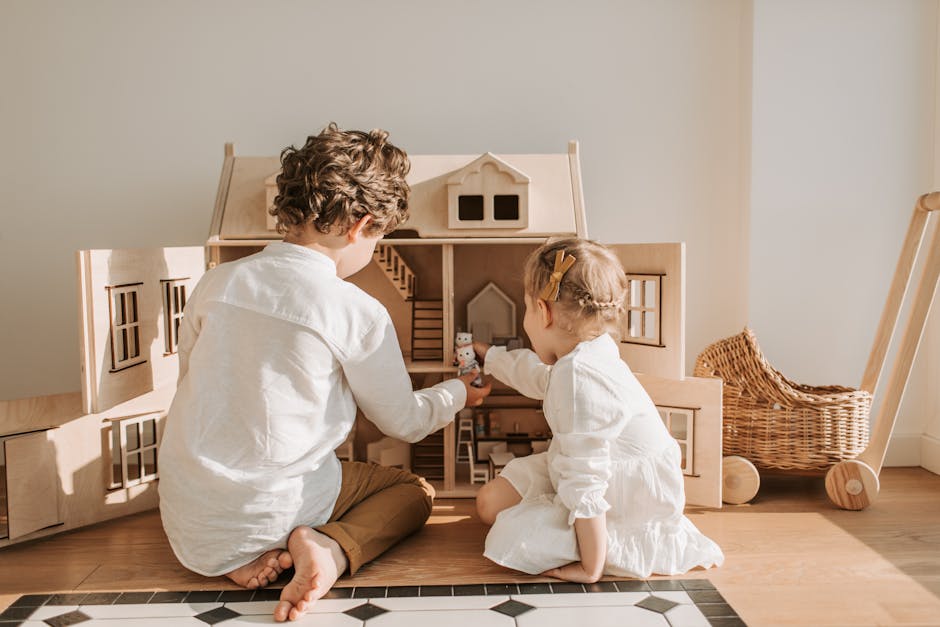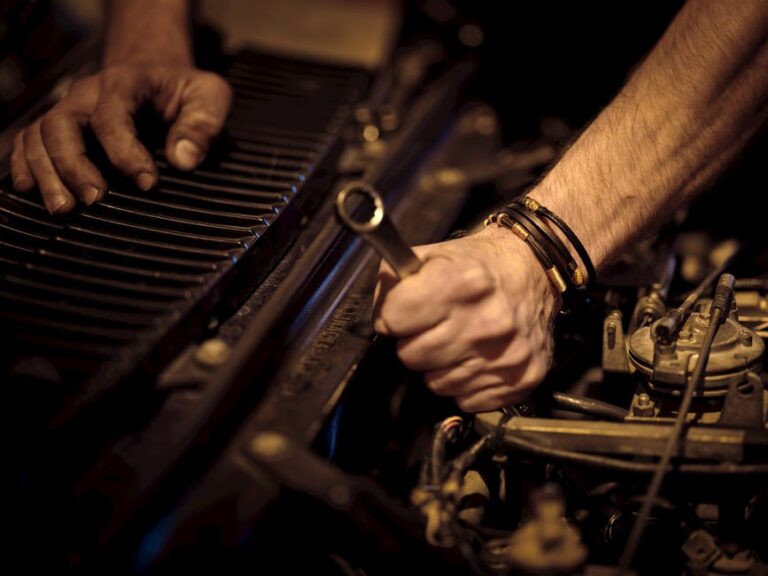Table of Contents
Community development councils, you know, they’re just groups of people in a town or city, working to make things better. They mostly focus on local stuff, like fixing up parks or getting more jobs for folks living there. It’s not some big, fancy government thing; it’s more like neighbors helping neighbors, but organized a bit. This has been going on for a while.
These councils often look at what a place needs most. Maybe a neighborhood needs safer streets, or kids need a good place to learn after school. The council tries to figure out these needs and then works on plans to get them done. They talk to everyone involved, from regular people to businesses.
What’s interesting is how these groups actually get things done. They don’t have magic wands. Most of the time, they apply for grants, or they get people to volunteer time and skills. Sometimes, local businesses throw in some money or resources too, which is a big help.
It’s not always smooth sailing. Getting everyone on the same page can be tough. Different people have different ideas about what’s important or how to go about fixing problems. Sometimes, finding enough money is a real struggle, too. It’s just how it goes with community work.
But when things click, it really changes a place. You see new community centers, better housing, or training programs that help people get work. These small wins stack up, making a big difference for many families and individuals who live there. People feel like their voices matter.
In 2025, these councils are still around, doing their thing. The issues might shift a little, with more talk about green spaces or digital access, but the core idea stays the same: local people making local choices for local good. That seems pretty sensible to me.
understanding Local Councils
So, what are these councils really? They’re basically volunteer groups or sometimes small non-profits set up by folks who live in a specific area. Their main aim is to improve life for everyone in that spot. They don’t usually have a ton of power like a city hall, but they make noise.
They focus on the smaller picture. Think about a street that floods every time it rains; a council might push for new drainage. Or maybe there’s a vacant lot where kids could play; they work to turn it into a park. It’s all about practical, everyday problems.
These groups get their power from people buying into the idea. When enough residents care and show up to meetings, the council gains momentum. That support helps them convince city leaders or bigger organizations to help out. It’s like a groundswell of local interest.
Many councils started because people felt ignored by bigger government bodies. They believed local problems needed local answers, not solutions from far away. This kind of self-organizing is just a very human thing to do when you see issues right outside your door.
It’s important to remember that not every city has the exact same setup. Some places might have more formal councils, others are just loose committees. But the goal is always similar: make the neighborhood a better place to live and grow. That is generally the whole point.
How They Start Up
Usually, a few people notice something isn’t right in their community. Maybe a park is falling apart or there aren’t many places for older folks to gather. They start talking to their neighbors about it, just casual conversations at first. That’s often how it begins.
Then, they might call a small meeting, maybe at someone’s house or a church hall. They talk about the problems and brainstorm ways to fix them. Someone steps up to lead, and others offer to help out where they can. It often feels pretty organic at this stage.
Sometimes, a city or county government might even encourage these councils to form. They see it as a way to get direct feedback from residents. So, they might offer a bit of startup money or help with meeting spaces. It can be a mixed approach.
But for the most part, it’s driven by local passion. People get tired of waiting for someone else to act, so they just do it themselves. They see a need, they gather, and they begin the hard work of making things happen. It’s a pretty simple idea.
Working with Community Members
The whole point of these councils is to work with the people they serve. They hold open meetings where anyone can come and share their ideas or concerns. This helps them understand what issues are really bugging the residents. Transparency is generally a big deal.
They also try to get lots of different voices heard. This means talking to young people, older folks, business owners, and people from different backgrounds. A community is diverse, and its council should show that diversity. It just makes sense.
Sometimes, they run surveys or go door-to-door, asking people what they think. They want to make sure their plans match what the community actually wants and needs, not just what a few loud voices say. This takes time, but it generally makes for better projects.
And when a project is happening, they often ask for volunteers. People might help paint a new mural, clean up a park, or tutor kids. This makes everyone feel like they have a stake in the project and proud of what their neighborhood is doing. That’s how it generally works out.
Money Matters
Money, of course, is a big part of it. These councils don’t usually get huge checks from the government. They need to find ways to fund their projects. A lot of this comes from grant applications, which can be pretty detailed and take a lot of effort to write properly.
They also do fundraising events. Think bake sales, charity runs, or local concerts. People in the community chip in a few bucks, and that money adds up. It shows that people really care about the cause. Every little bit truly helps.
Local businesses sometimes sponsor projects. A hardware store might donate paint, or a restaurant might provide food for a meeting. This kind of support is super important because it stretches the council’s limited budget even further. It helps them go the extra mile.
Sometimes, they partner with bigger non-profits that have more resources. These partnerships can open doors to larger grants or expert advice. It’s about finding allies to help make bigger dreams come true for the neighborhood. It’s a smart way to get things done.
Common Projects They Handle
So, what kinds of things do these councils actually do? They might work on making local parks nicer, adding new play equipment or fixing up benches. Keeping green spaces good for everyone is a common goal. It just makes a neighborhood feel better, you know?
Another big one is improving local housing. This could mean helping people fix up their homes, getting old buildings torn down, or even working to build new, affordable places to live. It helps people stay in their homes and feel secure, which is important.
They often run programs for kids and families. Maybe after-school tutoring, summer camps, or workshops on things like healthy eating. These programs give young people safe places to go and learn new things. This generally sets them up for better futures.
Economic projects are also on their list. This could involve trying to bring new businesses to the area, or helping people get job training. More jobs mean more money flowing into the community, which helps everyone. It generally improves the whole area.
And sometimes, they just organize community events, like block parties or festivals. These events bring people together, help neighbors meet each other, and just make the area feel like a real community. It builds connections, which are pretty important.
Meeting Challenges Head-On
It’s not all easy, though. Community councils run into problems all the time. One big one is getting enough volunteers. Everyone is busy, and it’s hard to find people with the time and energy to consistently help out. It takes real dedication.
Another issue is disagreements within the group itself. People are passionate, and they don’t always agree on the best way forward. Sorting out those differences can take a lot of talking and compromise. It just comes with the territory, really.
Getting enough money for projects is a constant struggle. Grants are competitive, and local fundraising only goes so far. They always need to be creative about finding funds to keep things moving. It’s never easy, that’s for sure.
And sometimes, they face resistance from people outside the council, like city hall or even some residents who don’t like their plans. They have to work hard to explain their goals and get everyone on board. It takes patience and good communication.
What’s Next for Them in 2025?
Looking at 2025, it feels like community councils will keep doing what they do, but maybe with a bit more focus on certain things. Digital access, for example, is a big deal now. Many places still don’t have good internet, and that holds people back. Councils might push for better internet for everyone.
Environmental stuff is also getting more attention. Things like making neighborhoods greener, adding more trees, or setting up community gardens. People want healthier places to live, and councils can help make that happen. It’s a growing area of work.
They’ll likely keep working on making sure everyone has a fair shot. This means looking at things like housing fairness and access to good schools. It’s about making sure that race or income doesn’t decide if you get a good life. That’s a huge task.
And councils will probably get better at using online tools to reach more people and organize projects. Social media, online surveys; these things make it easier to get feedback and mobilize volunteers. It helps them be more efficient, maybe.
The core of their work, though, will stay the same: people coming together to make their local areas stronger and better for everyone. It’s a simple idea, but it’s a powerful one that’s stuck around for a long time. I believe it’ll continue.
Staying Connected and Relevant
For these councils to really last and do good work, they need to stay in touch with the people they serve. If they stop listening to the community, they lose their way. Regular meetings and open doors are pretty essential for this.
They also have to show that they’re actually getting things done. People won’t keep supporting a group that talks a lot but doesn’t produce results. Small, visible wins are really important for keeping morale up and attracting new helpers.
Adapting to new problems is also a big part of it. What was a huge issue ten years ago might not be today. Councils need to be flexible and ready to tackle whatever new challenges pop up in their neighborhoods. Things change fast sometimes.
And building trust is everything. If people don’t trust the council, they won’t participate or give money. Being honest, transparent, and always putting the community first helps build that trust. It’s generally a long-term game.
The Bigger Picture
When you step back, these community councils are a big deal for local democracy. They let ordinary people have a direct say in how their neighborhoods grow and change. It’s not just about voting every few years; it’s about constant involvement.
They help build a sense of belonging too. When people work together on a project, they get to know their neighbors better. This creates stronger social ties and makes the community feel more like a family. It generally makes places feel friendlier.
And they often catch problems that bigger government bodies might miss. Local people see things up close. So, they can point out issues and come up with solutions faster than someone sitting in a far-off office building. This is often how things get solved.
So, while they might seem small, community development councils play a pretty large role in making our towns and cities better places to live. They are just regular folks stepping up. That is something pretty important, I think.
Why They Matter to You
Even if you’ve never joined one, a community council probably affects you. Maybe the park your kids play in was fixed up by one. Or maybe a program that helped your friend get a job started because of their efforts. These groups touch many lives, whether you realize it or not.
You can get involved easily too. Go to a meeting, volunteer for a few hours, or just offer ideas. Your voice really does count in these local settings. It generally makes the council’s work stronger and more reflective of everyone.
And remember, if you see a problem in your neighborhood, you don’t have to wait for someone else to fix it. You can be the one to start a conversation, get some neighbors together, and maybe even kick off your own community council. It starts with one step.
Key Takeaways
Community councils are local groups working to make neighborhoods better.
They focus on practical improvements; like parks; housing; or jobs.
Getting money is tough; they use grants; fundraising; and local business help.
Working with community members is central; they listen to everyone.
Challenges include finding volunteers; disagreements; and money issues.
In 2025; they’ll likely focus on digital access; green spaces; and fairness.
They help build trust; local democracy; and a sense of belonging.
Frequently Asked Questions
Q: What exactly does a community development council do?
A: They work on local projects; things like fixing parks; getting job training programs going; or helping improve housing in a specific area.
Q: Who runs these councils; are they government groups?
A: No; they are usually made up of local volunteers; people from the community; they are not direct government agencies.
Q: How do community councils get money for their projects?
A: They get money from grants; local fundraising events; and sometimes from local businesses that want to help out.
Q: Can anyone join a community development council?
A: Yes; usually; most councils are open to anyone who lives in the area and wants to help make their neighborhood better.
Q: What kinds of problems do these councils try to solve?
A: They tackle local problems like rundown parks; lack of jobs; unsafe streets; or not enough places for people to meet up.












